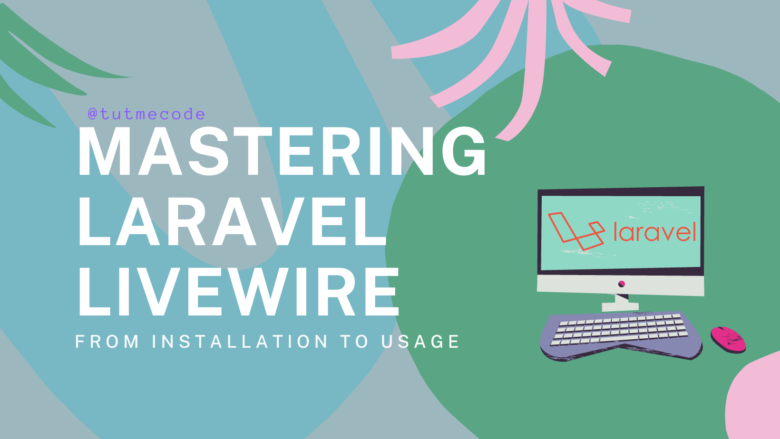Laravel Livewire is a powerful framework that allows developers to build interactive user interfaces in Laravel using only PHP. It simplifies the process of building dynamic web applications by eliminating the need for writing excessive JavaScript code. In this blog post, we will explore the installation process of Laravel Livewire, discuss essential packages, and dive into practical use cases with code examples.
- Installation
To begin using Laravel Livewire, follow these steps
Step 1: Install Laravel
Before installing Laravel Livewire, you need to have Laravel installed on your system. Use Composer to create a new Laravel project by running the following command
composer create-project --prefer-dist laravel/laravel your-project-name
Step 2: Install Livewire
Once you have Laravel installed, you can add Laravel Livewire to your project by running the following Composer command
composer require livewire/livewire
Step 3: Publish Assets
After installing Livewire, publish its assets using the following Artisan command
php artisan livewire:publish --assets
- Essential Packages
Here are a few essential packages that enhance the functionality of Laravel Livewire
a) Livewire UI
Livewire UI is a package that provides pre-designed Livewire components. It offers a variety of UI elements, such as modals, notifications, forms, and more. To install Livewire UI, use the following Composer command
composer require livewire-ui/modal
b) Alpine.js
Alpine.js is a lightweight JavaScript framework that works seamlessly with Livewire. It enables interactivity in your Livewire components without writing a lot of custom JavaScript. Install Alpine.js using the following CDN link in your HTML layout file
<script src="https://cdn.jsdelivr.net/npm/alpinejs@2.8.2/dist/alpine.js"></script>
- Use Cases and Code Examples
Now, let’s explore a few practical use cases of Laravel Livewire along with corresponding code examples.
a) Real-time Search
Laravel Livewire simplifies the process of implementing real-time search functionality. Let’s say we have a user search feature. Start by creating a new Livewire component using the Artisan command
php artisan make:livewire UserSearch
Next, open the newly created app/Http/Livewire/UserSearch.php file and define the render() method to fetch the search results. Here’s an example
public $search = '';
public function render()
{
$users = User::where('name', 'like', '%'.$this->search.'%')->get();
return view('livewire.user-search', ['users' => $users]);
}
In the corresponding view file resources/views/livewire/user-search.blade.php, add the following code
<div>
<input type="text" wire:model="search" placeholder="Search users...">
<ul>
@foreach ($users as $user)
<li>{{ $user->name }}</li>
@endforeach
</ul>
</div>
b) Dynamic Form Validation
With Laravel Livewire, you can easily perform form validation without writing custom JavaScript code. Let’s create a simple registration form and add validation to it.
In the Livewire component app/Http/Livewire/RegistrationForm.php, define the submit() method and add validation rules. Here’s an example
public $name = '';
public $email = '';
public $password = '';
public function submit()
{
$validatedData = $this->validate([
'name' => 'required',
'email' => 'required|email',
'password' => 'required|min:8',
]);
// Process registration logic here...
}
In the corresponding view file resources/views/livewire/registration-form.blade.php, add the following code
<div>
<form wire:submit.prevent="submit">
<input type="text" wire:model="name" placeholder="Name">
@error('name') <span>{{ $message }}</span> @enderror
<input type="email" wire:model="email" placeholder="Email">
@error('email') <span>{{ $message }}</span> @enderror
<input type="password" wire:model="password" placeholder="Password">
@error('password') <span>{{ $message }}</span> @enderror
<button type="submit">Register</button>
</form>
</div>
Conclusion
Laravel Livewire provides a straightforward and elegant way to build interactive user interfaces in Laravel. In this blog post, we covered the installation process of Laravel Livewire, explored essential packages, and demonstrated practical use cases with code examples. Remember to regularly consult the Official Laravel Livewire documentation and resources to stay up to date with the latest features and best practices. By leveraging Laravel Livewire’s capabilities, you can enhance the development process and create robust web applications with minimal effort. Happy coding with Laravel Livewire!




